In August 1947, Cliff McKay Jr. was 12 years old and living in Clearwater, Florida. He and his friends spent most of their free time in and on the water, swimming, playing in rowboats, and fishing. For a year and a half, he had also been sailing after being invited by a couple of young men to sail on their Snipe. As the sailing bug took hold, Cliff’s father, Major Clifford A. McKay, had an idea. “Dad wanted every kid in Clearwater to have the fun and excitement I was having,” says Cliff. “He decided we needed to come up with a boat that would cost no more than $50 and get local merchants to sponsor them. It would lead to kids gaining independence, responsibility, and self-confidence.”Major McKay took his idea to the Clearwater Optimist Club, a newly formed branch of Optimist International, a youth service association founded in 1919. “Dad was a promoter, in a good way: he could take an idea and make it happen, and everyone would be happy.” And McKay didn’t think small. At his first meeting with the Optimist club, he not only proposed the sailboat but suggested it could lead to “a sailboat competition for Juniors leading to a national competition or regatta in Clearwater.” The members asked McKay to find a designer. He went straight to Clark Mills, a local boatbuilder known to all as “Clarkie.” In 1947, Cliff McKay Jr., then aged 12, sea-trialed the prototype Optimist pram in Clearwater, Florida, and declared it to be “really great.”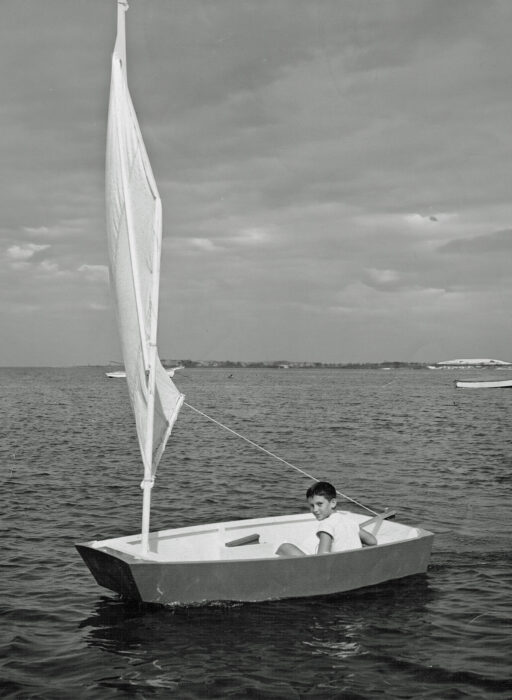 Courtesy of Cliff McKay Jr.
Courtesy of Cliff McKay Jr.
Join The Conversation
We welcome your comments about this article. To include a photo with your remarks, click Choose File below the Comment box.
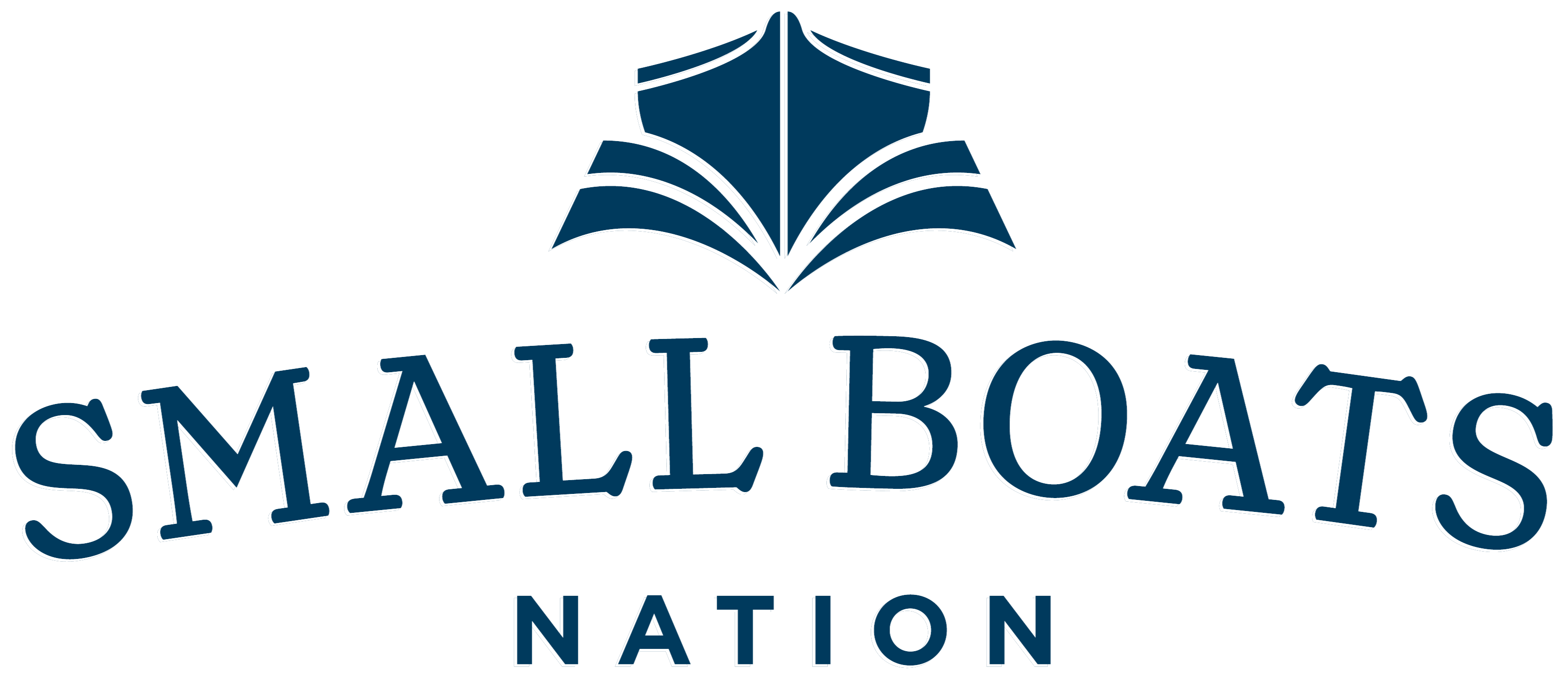

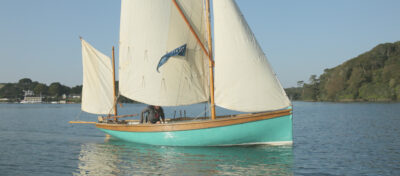

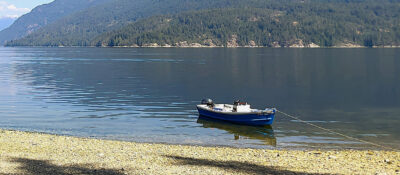
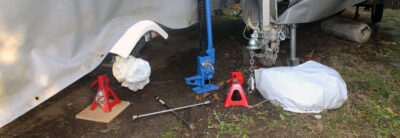
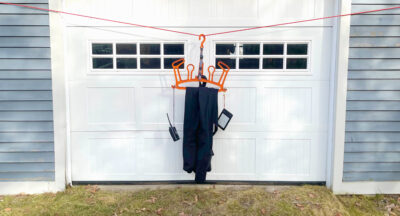
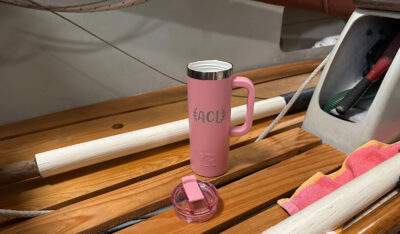
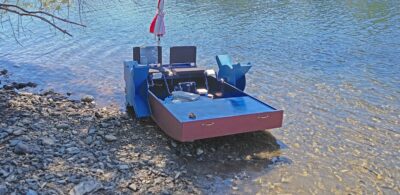
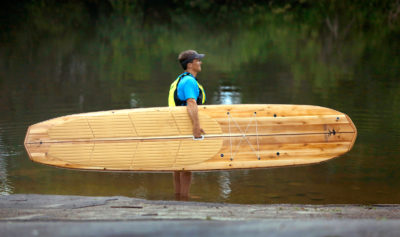
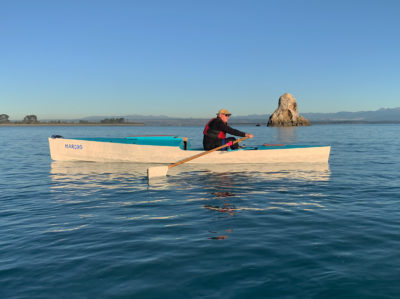
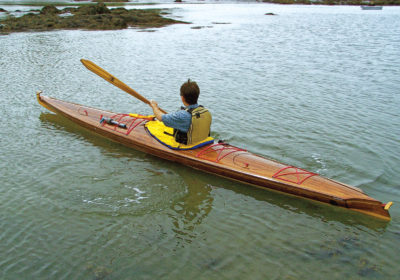
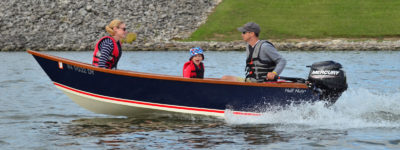
Clark didn’t much like what happened to the Opti, preferring it to be home or simply built. I gather that he was invited to speak at some fancy Opti championship, let the folks know and wasn’t invited back. I don’t believe it is possible to build one accurately enough to measure into the International standard. There will be a first generation home built example in the new Wells Boat Hall that will open this summer at Mystic Seaport.
My Dad and I built my Optimist from a kit back in 1969. We lived in Port Elizabeth, South Africa. We knew nothing about sailing dinghies. The boat weighed a ton, leaked like a sieve and when beating into a strong breeze the bows got twisted off by the sideways forces from the mast.
Building the boat started a lifelong passion for boatbuilding for me.
It was the first Optimist at our club and a very prominent Finn sailor took note of how a complete novice could set off and sail it with no help from a proficient sailor. He went and convinced a whole lot of parents to get Optimists for their kids. In next to no time the club had a huge fleet and were producing national champions.
I also think it is a pity that it has become almost impossible to get a home built Optimist to measure these days.
Good article. What size are the buoyancy bags. 43l or 48l, or both?
The Class rules dictate that bags must be 45l +/- 5l. Permissable bags are commonly available as 43l and 48l. The larger bags are slightly heavier but because they occupy more space in the boat there is less water in the boat after a capsize.
Clarke maintained consistency with a a strong jig on which he mounted the bow, the midship thwart and the transom. With those held firmly in precise relation, it was easy to fasten the keel, chines and stringers for a consistent hull.
Both of my kids learned to sail Optis and remember them with real affection. Although the elder did come home after the first day of sailing camp and say “mom, we’re learning to sail in soap dishes, but it’s really fun!”